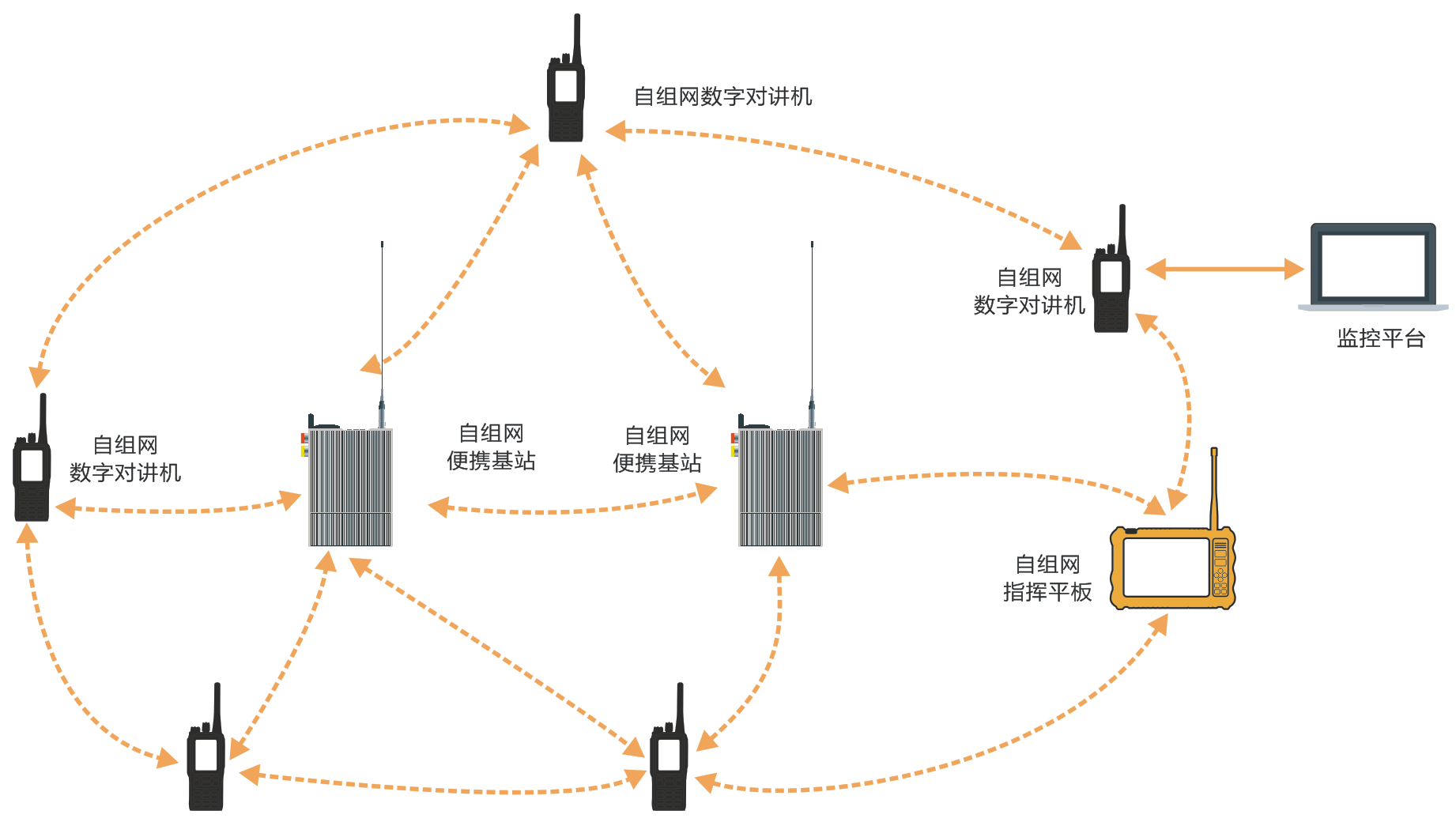
How Wireless Communication Networks Enhance Safety
Introduction
Wireless communication networks have revolutionized the way people and devices interact, providing seamless connectivity across vast distances. Beyond convenience, these networks play a crucial role in enhancing safety in various domains, including transportation, healthcare, emergency response, industrial operations, and smart cities. By enabling real-time data transmission, remote monitoring, and automated alerts, wireless networks help prevent accidents, improve response times, and mitigate risks. This paper explores how wireless communication technologies contribute to safety improvements in different sectors.
1. Wireless Communication Networks in Transportation Safety
1.1 Vehicle-to-Everything (V2X) Communication
Wireless networks facilitate Vehicle-to-Vehicle (V2V) and Vehicle-to-Infrastructure (V2I) communication, collectively known as V2X. This technology allows cars, traffic signals, and road sensors to exchange real-time data about traffic conditions, potential hazards, and sudden braking. By providing early warnings, V2X helps prevent collisions, reduces traffic congestion, and enhances road safety.
1.2 Intelligent Transportation Systems (ITS)
Wireless networks support Intelligent Transportation Systems (ITS), which integrate sensors, cameras, and communication devices to monitor and manage traffic flow. ITS can detect accidents, reroute vehicles, and optimize signal timings to minimize delays and prevent accidents caused by congestion or erratic driving.
1.3 Autonomous Vehicles
Self-driving cars rely heavily on wireless networks to receive updates on road conditions, weather, and navigation. High-speed, low-latency communication (such as 5G) ensures that autonomous vehicles make split-second decisions to avoid collisions, improving overall road safety.
2. Wireless Networks in Healthcare and Emergency Response
2.1 Remote Patient Monitoring
Wireless-enabled medical devices, such as wearable heart monitors and glucose sensors, transmit patient data to healthcare providers in real time. This allows doctors to detect abnormalities early and intervene before critical conditions develop, improving patient outcomes.
2.2 Emergency Medical Services (EMS)
First responders use wireless networks to access patient records, receive live video consultations from doctors, and coordinate with hospitals before arrival. This reduces response times and ensures that patients receive appropriate care faster.
2.3 Disaster Management
During natural disasters, wireless networks enable emergency alerts, real-time tracking of affected areas, and coordination between rescue teams. Drones equipped with wireless cameras can survey disaster zones, helping locate survivors and assess damage without risking human lives.
3. Industrial and Workplace Safety
3.1 Industrial IoT (IIoT) and Predictive Maintenance
Wireless sensors in factories monitor equipment conditions, detecting anomalies such as overheating or mechanical failures before they cause accidents. Predictive maintenance reduces downtime and prevents workplace injuries caused by malfunctioning machinery.
3.2 Worker Safety in Hazardous Environments
In industries like mining, oil, and construction, wireless-enabled wearables track workers' vital signs and environmental conditions. If a worker is exposed to toxic gases or extreme temperatures, the system sends alerts to supervisors, enabling rapid evacuation.
3.3 Automated Safety Systems
Wireless networks connect fire alarms, gas detectors, and emergency shutdown systems in industrial plants. In case of a fire or chemical leak, these systems automatically trigger alarms, shut down operations, and notify emergency services, minimizing risks to workers.
4. Public Safety and Smart Cities
4.1 Surveillance and Crime Prevention
Wireless-connected CCTV cameras and facial recognition systems help law enforcement monitor public spaces, detect suspicious activities, and respond to crimes faster. Smart streetlights with motion sensors can improve visibility in high-risk areas, deterring criminal behavior.
4.2 Smart Infrastructure Monitoring
Bridges, tunnels, and buildings equipped with wireless sensors can detect structural weaknesses, preventing catastrophic failures. Early warnings allow authorities to conduct repairs before accidents occur.
4.3 Emergency Alert Systems
Wireless networks enable mass notifications during emergencies, such as natural disasters or terrorist threats. Mobile alerts ensure that citizens receive critical information instantly, allowing them to take protective actions.
5. Challenges and Future Directions
Despite their benefits, wireless networks face challenges such as cybersecurity threats, signal interference, and infrastructure costs. Future advancements, including 6G, AI-driven analytics, and quantum encryption, will further enhance safety applications by improving reliability, speed, and security.
Conclusion
Wireless communication networks are indispensable in modern safety systems, offering real-time monitoring, rapid response capabilities, and automated risk mitigation. From preventing car accidents to saving lives in emergencies, these technologies continue to evolve, making the world a safer place. As wireless networks become more advanced, their role in enhancing safety across industries will only grow stronger.
(Word count: ~2000)
---
This paper provides a comprehensive overview of how wireless networks improve safety in various sectors. Let me know if you'd like any modifications or additional details.
This website uses cookies to ensure you get the best experience on our website.
Comment
(0)